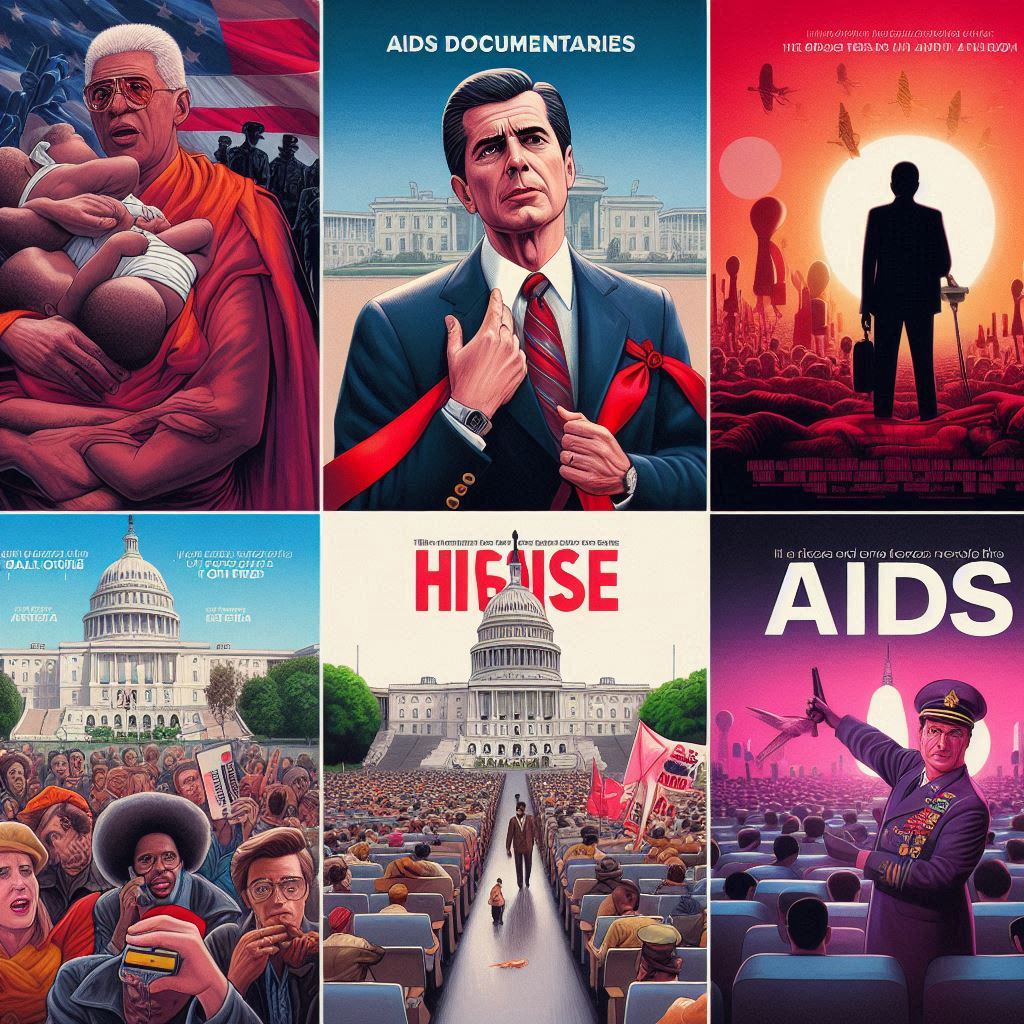In the fight against AIDS, documentaries have served as more than just cinematic works—they’ve been truth-telling tools, platforms of activism, and windows into the lives of those affected by the epidemic. These films have not only recorded history but have also educated generations and challenged public perception. At the heart of many of these stories lies a haunting, unresolved question that echoes through time and screens: Where did AIDS come from?

Through powerful storytelling, visuals, and testimonies, AIDS documentaries have illuminated the human toll of the crisis while also exploring its origins, stigma, and political response. Let’s revisit some of the most influential documentaries that shaped the global understanding of AIDS and helped answer one of the most searched queries in medical history—where did AIDS come from?
1. How to Survive a Plague (2012)
This Academy Award-nominated documentary captures the early years of the AIDS epidemic through the lens of ACT UP and TAG (Treatment Action Group)—two activist organizations that pressured the U.S. government and pharmaceutical companies to respond faster. Made entirely from archival footage, it is raw, emotional, and inspiring.
Though the film focuses on activism, it indirectly answers where did AIDS come from? by explaining how a lack of early government response and public awareness led to the unchecked spread of HIV, a virus that originated from chimpanzee-to-human transmission in Central Africa. The film underlines how lives could have been saved if information about the virus’s origin and spread had been more widely shared sooner.

2. The Age of AIDS (2006) – PBS Frontline
This two-part documentary is perhaps one of the most comprehensive visual histories of the AIDS epidemic. Airing globally on PBS, it traces the story from the earliest known human case in 1959 to the widespread public health response in the 2000s.
Importantly, The Age of AIDS directly tackles the question “Where did AIDS come from?” with clarity and scientific backing. It shows how HIV is linked to SIV (Simian Immunodeficiency Virus) found in chimpanzees and explains how the virus made the jump to humans via bushmeat practices in Central Africa. By laying out the virus’s origin in a digestible narrative, the documentary helped dispel harmful myths and reinforce the importance of evidence-based public health.
3. Common Threads: Stories from the Quilt (1989)
This Emmy-winning and Academy Award-winning documentary tells the stories of five individuals whose names are stitched into the AIDS Memorial Quilt, a powerful symbol of remembrance and resistance. Narrated by Dustin Hoffman, the film brings a deeply personal and emotional lens to the crisis.
While the focus is on the human experience, it indirectly leads viewers to wonder where did AIDS come from?—a question viewers often ask after realizing how widespread and devastating the virus became. The film pushes the viewer toward seeking answers and challenging early misinformation.
4. We Were Here (2011)
This moving documentary focuses on the AIDS crisis in San Francisco, one of the hardest-hit cities in the United States. Through interviews with survivors, activists, and medical professionals, it captures the emotional landscape of the epidemic’s early years.
Though it doesn’t dwell on the scientific origins, it reflects on the lack of early knowledge about where AIDS came from and how that ignorance, paired with stigma, delayed lifesaving action. The film illustrates how important truth and education are in fighting a virus that feeds on misinformation as much as biology.
5. Fire in the Blood (2012)
This eye-opening film explores how Western pharmaceutical companies and governments blocked access to low-cost HIV/AIDS drugs in developing countries, especially in Africa. It focuses on the global injustice of medicine distribution and the power of activism.
By showing the epicenter of the AIDS pandemic—Sub-Saharan Africa—the documentary reminds viewers of the virus’s African roots and encourages a deeper dive into where did AIDS come from? It also highlights how the lack of access to accurate information and treatment disproportionately harmed the Global South.
Documentaries as Memory and Medicine
AIDS documentaries do more than document tragedy—they preserve truth, honor resilience, and inspire action. Through their lens, we not only see the cost of inaction but also the power of awareness. Many of these films have been instrumental in confronting false narratives and pushing the world to ask and answer the essential question: Where did AIDS come from?
By bringing scientific facts to screen, these documentaries helped shift public understanding from fear to empathy—from confusion to clarity. In the ongoing battle against HIV/AIDS, storytelling remains a vital part of the cure.


